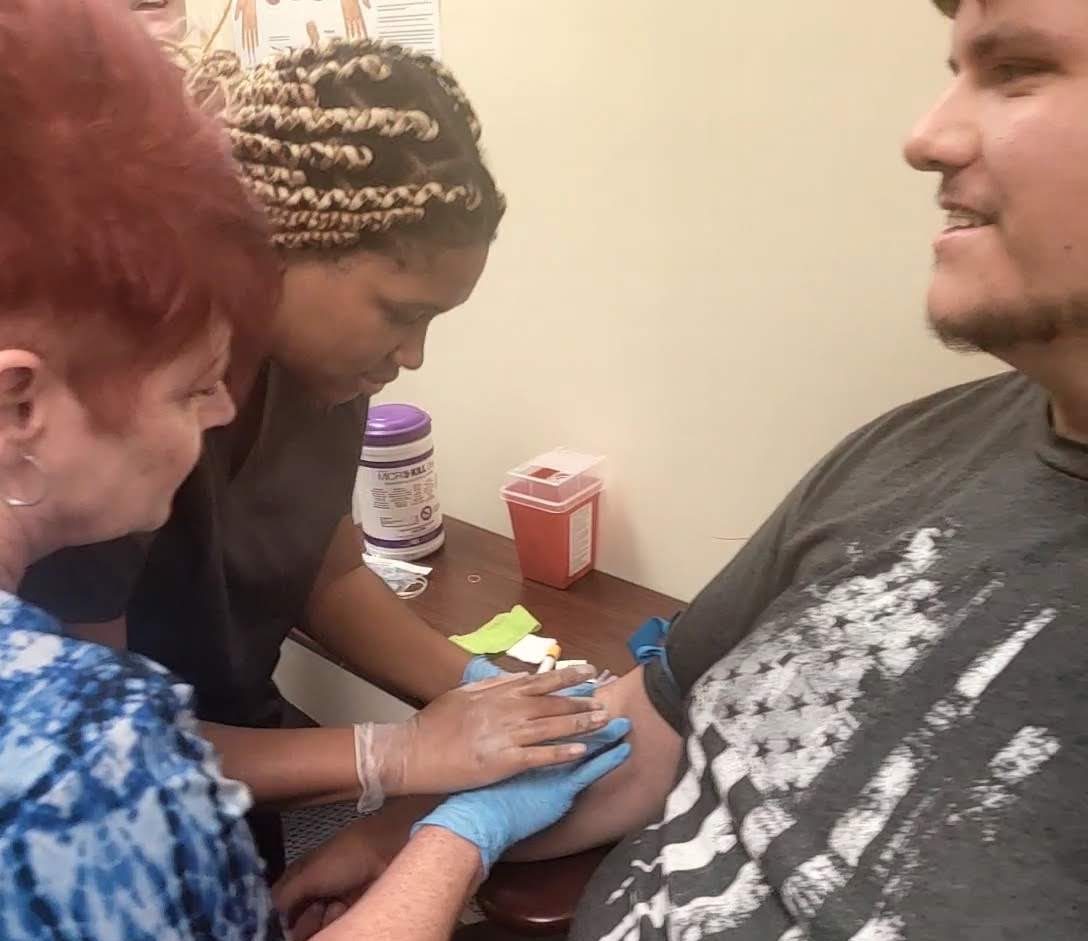
About Course
This phlebotomy class provides students with the skills and knowledge needed to draw blood from patients for medical testing and analysis. This class covers both theoretical and practical aspects of phlebotomy and is designed to prepare students for entry-level positions in the healthcare industry as phlebotomists.
During the class, students will learn about the anatomy and physiology of the circulatory system, as well as the different types of blood tests and their purposes. They will also learn about safety protocols, infection control, and other procedures to ensure the safety of patients and healthcare professionals.
The practical aspect of the class will focus on the techniques and skills needed to draw blood from patients, including venipuncture and capillary puncture. Students will practice on mannequins and other simulation tools before moving on to clinical practice on real patients.
In addition to learning how to draw blood, students will also learn how to label and transport specimens properly, as well as how to interact with patients in a professional and compassionate manner.
Upon completion of the phlebotomy class, students will be eligible to take a certification exam to become a certified phlebotomy technician. With this certification, they can pursue entry-level phlebotomy positions in hospitals, clinics, laboratories, and other healthcare settings.
Overall, a phlebotomy class provides students with the foundational knowledge and hands-on experience necessary to begin a rewarding career in the healthcare industry as a phlebotomist.
Course Content
Phlebotomy Course Intro
-
Getting Started
00:00

